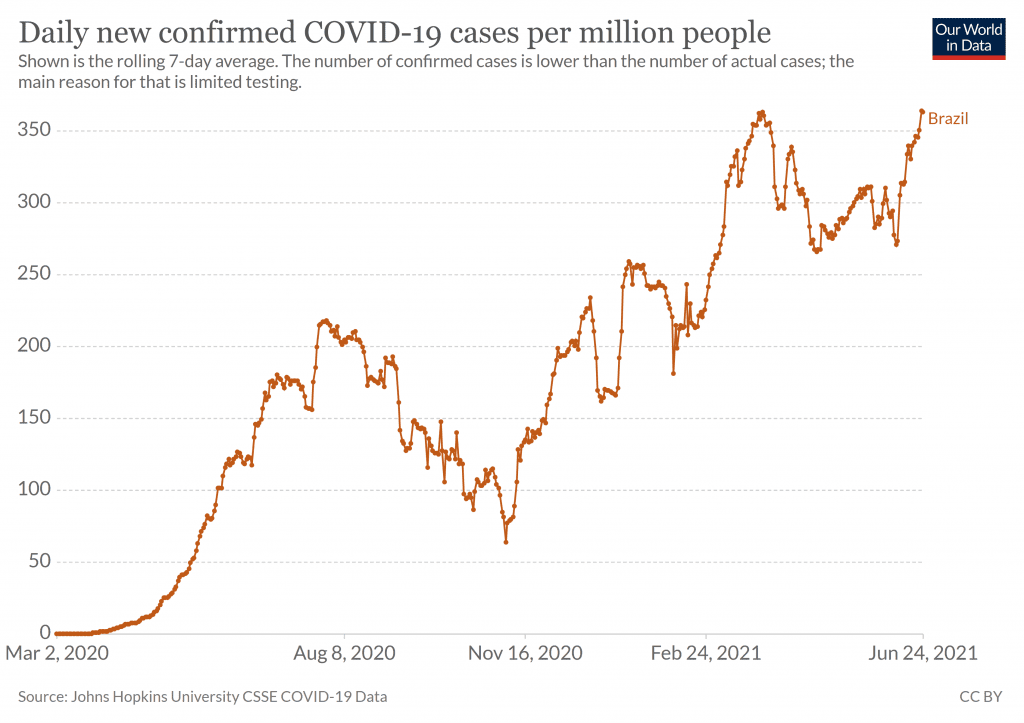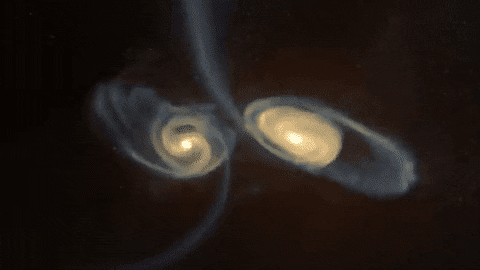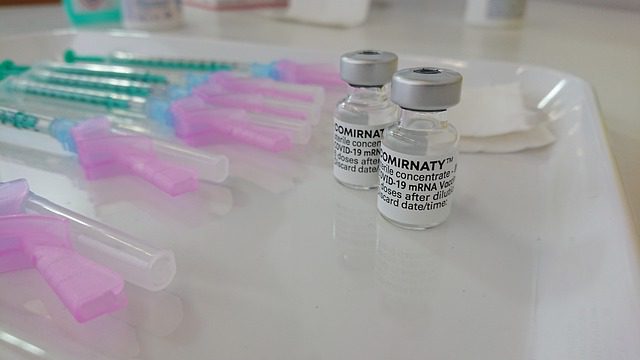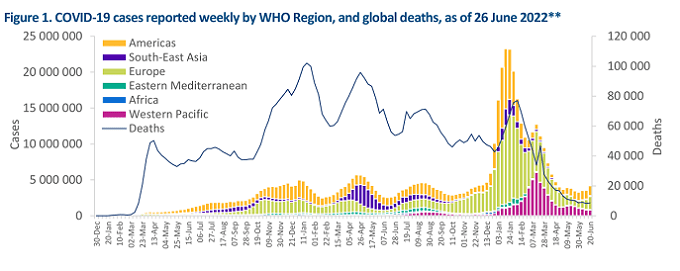
Brazil: new strain of coronavirus identified in Rio de Janeiro, designated P5
Monitoring in Rio de Janeiro, Brazil, has identified a possible new Sars-Cov-2 lineage, originating from P.1.1.28, in the region of Barra Mansa and Porto Real, on the border with the State of São Paulo, and which has only now been called P5. This strain has, among others, two mutations in the Spike protein (E484Q and N501T) that may be associated with escape from the immune system and with virus transmissibility. The discovery was widely reported in newspaper and television news throughout the week.
The results also describe the descendant lineage of VOC gamma (P.1) which was named P.1.2. This strain was initially found in the northern region of the state and is now widespread in all regions of the state of Rio and other states. Monitoring data still show that the P.1 lineage continues to be the most frequent (78%) in the state, and the low frequency of VOC Alpha (B.1.1.7) and the decline of P.2 since November of the year past.
According to Ana Tereza Vasconcelos, from the National Laboratory for Scientific Computing (LNCC), real-time municipal monitoring carried out by Rio de Janeiro is extraordinary for Brazil, and is within the recommendations of the World Health Organization, which recommends 18 days as optimal interval between the release of new data. Of the 92 municipalities in Rio de Janeiro, 91 are already being monitored. From March to June 2021, more than 2,300 samples have already been sequenced and processed on the LNCC supercomputer Santos Dumont, an institution linked to the Ministry of Science, Technology and Innovation (MCTI). Only the municipality of Comendador Levi Gasparian has not yet collected samples.
The data are from patients with a confirmed diagnosis of SARS-CoV-2 infection monitored in reference centers and hospitals in the State of Rio de Janeiro. Reports are issued every 15 days with updated data from 380 samples sequenced in the period and which are immediately available on the website http://www.corona-omica.rj.lncc.br/#/ .
Faperj.br report (in Brazilian)

Photo by Alex Teixeira on Unsplash





